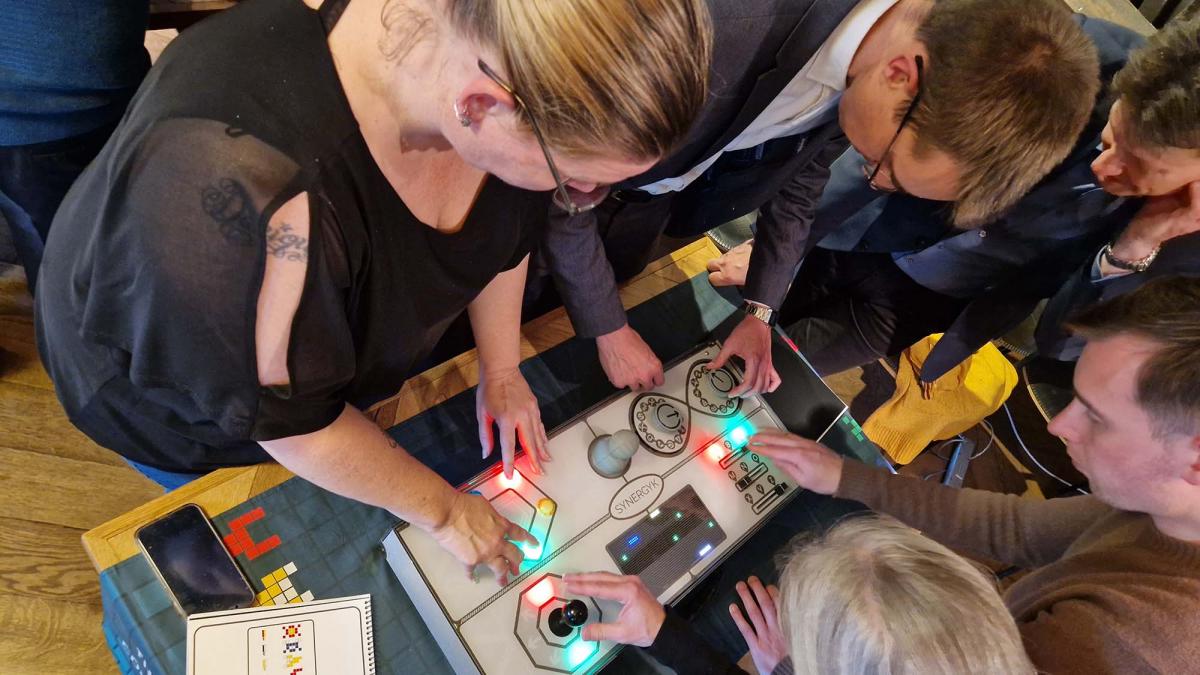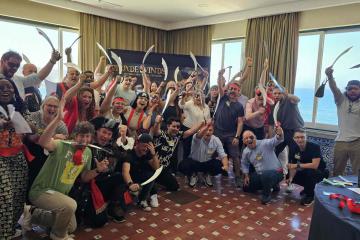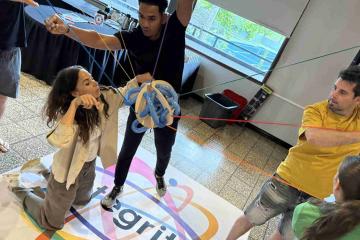The concept of growth mindset was developed by the American psychologist Carol Dweck. She has spent years researching what motivates people and how you can promote success.
A growth mindset and a fixed mindset are two different ways of thinking that influence how people approach their abilities, talents and potential. Here are the key differences between a growth mindset and a fixed mindset:
1. About the potential
Growth Mindset: People with a growth mindset believe that their intelligence, abilities and skills can grow and improve through effort, learning and dedication. They see challenges as opportunities to grow.
Fixed Mindset: People with a fixed mindset believe that their abilities and intelligence are more or less fixed and cannot change. They think they are 'born with what they have' and often see challenges as threats to their competence.
2. Response to effort
Growth Mindset: People with a growth mindset embrace effort and see it as a necessary means to growth. They understand that hard work and dedication contribute to their development and success.
Fixed Mindset: People with a fixed mindset may avoid effort because they believe things should happen naturally if they are truly talented. They sometimes see effort as a sign of weakness.
3. Dealing with setbacks
Growth Mindset: People with a growth mindset see setbacks and failures as learning experiences. They understand that failure is temporary and can remain resilient, move forward and learn from their mistakes.
Fixed Mindset: People with a fixed mindset may take setbacks personally and view failures as proof of their inability. They sometimes avoid challenges to minimize the risk of failure.
4. Response to feedback
Growth Mindset: People with a growth mindset value feedback, even when it is critical, because they believe it can help them grow and improve.
Fixed Mindset: People with a fixed mindset may take criticism personally and feel defensive when confronted with feedback that challenges their abilities.
5. Challenges and success of others
Growth Mindset: People with a growth mindset are inspired by the success of others and see it as proof that growth is possible. They like to learn from others.
Fixed Mindset: People with a fixed mindset may react jealously or feel threatened by the success of others because they see it as an indication of their inadequacy.
A growth mindset positively affects learning, performance and well-being, while a fixed mindset can limit and lead to avoidance of challenges and limited growth. Cultivating a growth mindset can help individuals maximize their potential and become more resilient despite obstacles and setbacks.
No one always has a 100% growth mindset; if you know the differences, you can train a growth mindset. You can influence how you respond to feedback, how you deal with setbacks or how you deal with the success of others.
Top 3 activities to practice a growth mindset
A team building activity provides a playful and safe environment far enough away from the work environment so that mistakes are allowed—an ideal setting to consciously practice a growth mindset. Our top 3 activities for this are as follows.
1. Chain Reaction
You and your team design several machines and ensure that they work together. And not only that, you connect these machines to form one big chain reaction. Together, you look for solutions and learn from what didn't work to improve the design until it does work immediately. You are guaranteed to encounter setbacks, and you choose how you deal with them. You can motivate and encourage your teammates to maintain a positive attitude. More about Chain Reaction
2. Synergyk
A series of games that remind you of the slot machines from the 80s are all programmed in a suitcase that you operate together. The game's rules are unclear in advance, but you will discover them together. You immediately apply what you learn to improve faster as a team. More about Synergyk
3. Drone Control
Each team has a drone and several assignments you must carry out with the drone. You and your team will discover how the drone works and how you can carry out the assignments together. This is a great opportunity to show that, through instructions from your colleagues, you can grow and improve through practice. Everyone is needed in the final, and success can only be achieved by continuing to try, learn and encourage each other. More about Drone Control





